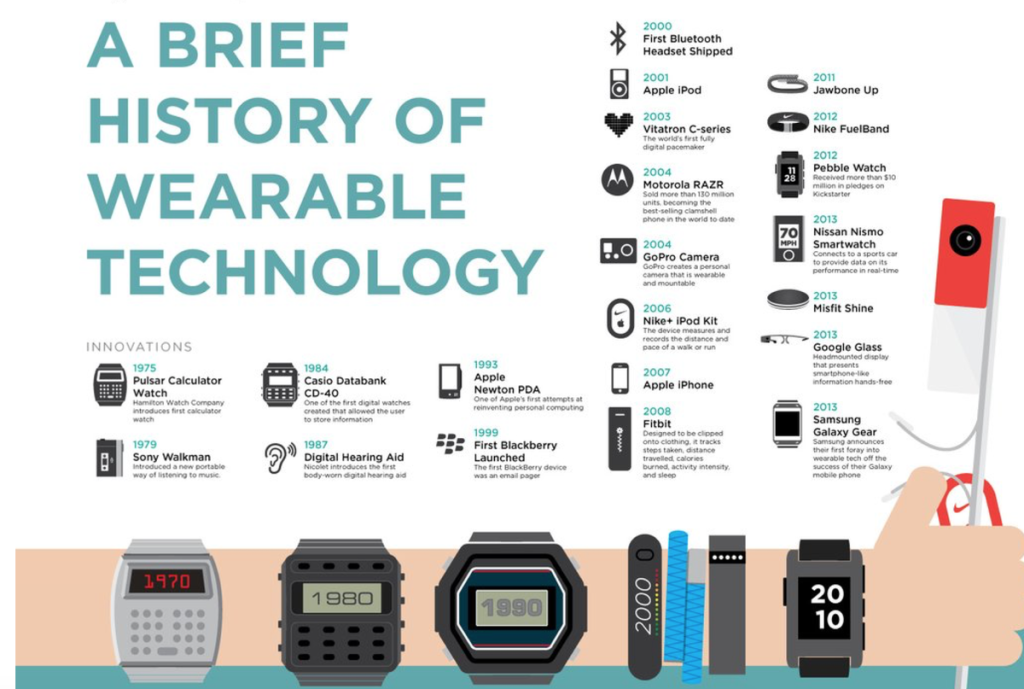The cyberpunk genre has long been a fascinating lens through which we explore the dark potential of corporate power. Through its narratives, we encounter megacorporations whose greed and influence often override ethics, governments, and even humanity itself. By analyzing examples such as the Tyrell Corporation from Blade Runner, the Tessier-Ashpool family in Neuromancer, and the “pill funders” in Machinehood, we confront chilling portrayals of unchecked corporate dominance. But are these scenarios plausible futures or exaggerated critiques of our current trajectory?
Corporate Power in Cyberpunk: A Glimpse into Dystopia
In Blade Runner, the Tyrell Corporation exemplifies corporate overreach. It is a monolithic entity with near-total control over artificial intelligence and robotics. Tyrell’s replicants, humanoid robots designed for labor, demonstrate the moral compromise inherent in a profit-driven ethos. The corporation’s disregard for the ethical implications of its technology echoes concerns in contemporary AI and biotechnology sectors. Similarly, in William Gibson’s Neuromancer, the Tessier-Ashpools are a wealthy and isolated family who control a massive conglomerate. Their pursuit of immortality and power through artificial intelligence creates a world where human individuality is subservient to corporate goals.
Lastly, Machinehood by S.B. Divya introduces the “pill funders,” corporate entities controlling pharmaceutical and biomechanical enhancements essential to daily life. These companies dictate who has access to resources, exploiting desperation for profit. Their stranglehold on healthcare resonates with modern concerns about pharmaceutical monopolies.

Modern Parallels: Reality or Exaggeration?
Many of these cyberpunk tropes feel disturbingly relevant. Consider the influence of contemporary tech giants like Amazon, Meta, and Google. These corporations not only dominate their industries but also shape global infrastructure, public discourse, and even privacy laws. In 2021, Amazon was criticized for using algorithms that prioritized efficiency over worker safety, drawing parallels to the dehumanizing labor systems seen in Blade Runner.
Pharmaceutical companies also bear a resemblance to Machinehood’s pill funders. The opioid crisis, exacerbated by aggressive marketing and lobbying by corporations like Purdue Pharma, demonstrates the deadly consequences of profit-driven healthcare. Similarly, the monopolization of insulin production has led to life-saving medication being priced out of reach for many—a direct echo of cyberpunk’s dystopian critiques.
However, these depictions can also feel hyperbolic. For all their faults, many corporations do face public and governmental checks, particularly in democratic societies. Regulations like the EU’s General Data Protection Regulation (GDPR) and increased antitrust scrutiny in the U.S. indicate that corporate power, while significant, is not absolute.
Are We Heading There?
The question remains: are we truly on a path to the corporate dystopias of cyberpunk? The answer lies somewhere in between. While cyberpunk narratives provide valuable critiques of corporate greed and unchecked power, they often amplify reality to provoke reflection and action. They remind us of the dangers of complacency in the face of growing corporate influence. Presently, we see these exploitative conditions in big corporations, such as Apple, that have led to dystopian-like conditions in the Congo due to greed for materials like cobalt and uranium, used to make iPhones and other Apple products.
By engaging with these narratives and drawing parallels to our world, we are equipped to challenge harmful systems before they solidify. As the line between fiction and reality blurs, it becomes vital to question, regulate, and resist structures that prioritize profit over humanity.
For further reading, explore the following resources:
- The Influence of Big Tech on Society
- Corporate Accountability in Healthcare
- Cyberpunk as a Mirror of Society
The corporate dystopias of cyberpunk are not inevitable, but they serve as a stark warning. The future depends on our vigilance, resistance, and insistence on ethical practices that prioritize humanity over profit.





